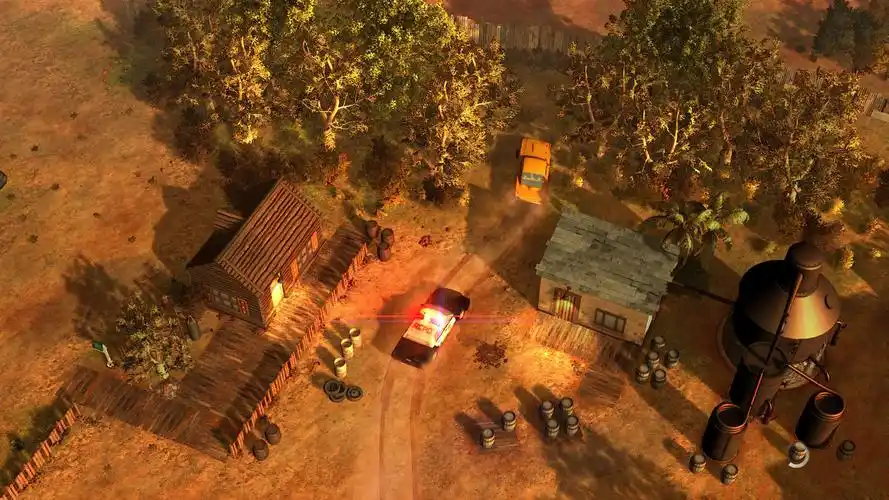The video game industry is in a state of perpetual, rapid evolution, driven by technological leaps, shifting business models, and an increasingly diverse global audience. To understand the undercurrents shaping our digital playgrounds, we must move beyond headlines and delve into expert analysis of the most significant developments. This article examines three critical areas: the maturation of live-service ecosystems, the tangible impact of generative AI on development, and the escalating convergence of gaming and interactive media.
The Live-Service Reckoning: Quality Over Quantity
The live-service model, once hailed as the unequivocal future of game monetization, is undergoing a severe and necessary correction. The market is signaling a clear message: saturation has been reached. The recent failures of high-profile titles like Suicide Squad: Kill the Justice League and the swift shutdown of Ubisoft’s Hyper Scape are not isolated incidents but symptoms of a broader trend. Experts point to a critical miscalculation by many publishers: they pursued the recurring revenue of a live-service game without first cementing the essential pillar of a compelling core gameplay loop.
Analysts note that the successful live-service games dominating player time—titles like Fortnite, Destiny 2, and Genshin Impact—are no longer just games; they are platforms. Their success is not merely based on a battle pass or an item shop, but on creating a compelling reason for players to return daily. This is achieved through a foundation of solid, enjoyable gameplay, supplemented by a constant, high-quality drumbeat of new content, narrative developments, and community events.
The expert consensus is that the era of launching a mediocre game with a live-service roadmap promising to "fix it later" is over. Players are more discerning and have less disposable time. The new bar is exceptionally high, requiring a flawless technical launch, engaging initial content, and a transparent, trustworthy relationship with the community. The future of live-service will belong to fewer, more robust titles that function as holistic entertainment hubs, while mid-tier attempts will struggle to capture a sustainable audience.
Generative AI: From Theoretical Disruption to Practical Toolchain
The discourse around generative AI in game development is maturing, moving from speculative fear to practical integration. While the ethical debates surrounding data training sets and artist compensation remain fiercely contentious and unresolved, the technology is already embedding itself into developer toolchains. The most significant impact, for now, is not in replacing creatives but in augmenting their productivity and iterating on possibilities.
In pre-production, tools like Midjourney and Stable Diffusion are being used to rapidly generate mood boards, concept art variations, and environmental mock-ups. This allows small teams to explore a vast array of artistic directions without committing weeks of manual labor to each idea. Similarly, in coding, AI-assisted programming tools are helping developers debug code, write boilerplate routines, and solve common problems more efficiently, accelerating prototyping phases.

However, experts caution against over-optimism. The current generation of AI struggles with consistency and context. It can generate a thousand sword designs, but a human art director is still needed to curate them to fit the game's specific artistic and technical constraints. Narrative design, a field once thought to be under immediate threat, has proven more resilient; AI can generate branching dialogue options or lore snippets, but it cannot replicate the nuanced human emotion, thematic depth, and cohesive narrative vision required for a compelling story. The key takeaway is that AI is becoming a powerful junior assistant—a force multiplier for skilled human creatives, not their replacement.
The Blurring Lines: Gaming, Film, and Interactive Media
The convergence of gaming with other entertainment mediums is accelerating beyond simple licensed tie-ins or movie adaptations. We are witnessing the emergence of a new hybrid form of interactive narrative. Amazon's Fallout television series is a prime example of this synergy done correctly. Its success was not just due to faithful aesthetics but its deep understanding of the game's tone, themes, and world-building. It effectively functioned as a new, accessible entry point into the franchise, demonstrably driving a massive surge in player numbers for the existing games.
Conversely, the flow is reversing. Games are increasingly adopting cinematic production values and storytelling techniques. Titles like Sony's The Last of Us and God of War franchises are developed with performance capture, Hollywood-grade writing, and director-led visions that rival television and film. This creates a virtuous cycle where narrative depth in games makes them more adaptable, and successful adaptations bring new audiences back to games.
Experts identify this as a fundamental shift in the entertainment landscape. The wall between passive and interactive media is crumbling. The future lies in transmedia ecosystems where a core IP is expressed simultaneously across games, shows, books, and social experiences, each element enriching the others. This demands a new kind of creative and executive—one who thinks beyond the confines of a single medium and orchestrates narratives across a broad, interconnected canvas.
Conclusion: A Industry in Refinement
The overarching theme from expert analysis of these developments is one of refinement and maturation. The industry is moving past the hype cycles of new models and technologies and entering a phase of practical implementation and heightened audience expectation. The winners in this new landscape will be those who prioritize quality and player trust in live-service, strategically leverage AI to empower human creativity and boldly innovate at the intersection of interactivity and narrative. The chaotic, explosive growth of the past decade is giving way to a more calculated, quality-focused era where depth, both in gameplay and story, is the ultimate currency.


















